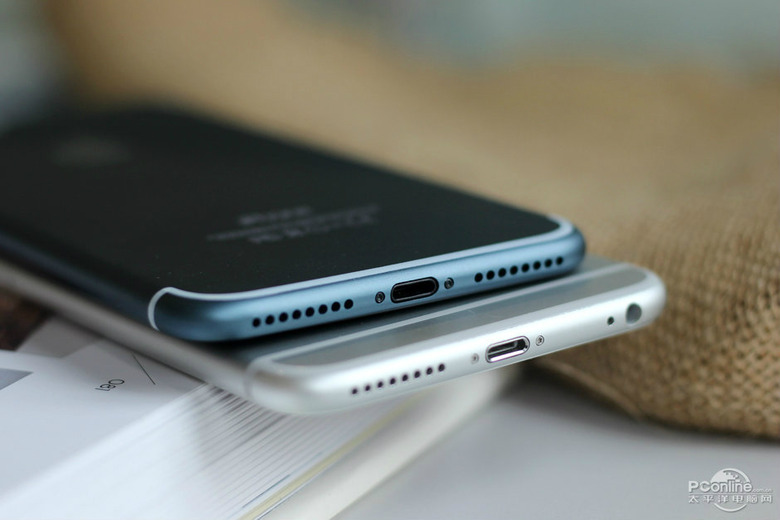Apple Is Right To Kill The Headphone Jack, And Intel Is An Accomplice
At least two Android smartphones already ship without a 3.5mm headphone port, but the only company that's getting any heat for killing the standard audio jack is Apple. For a product it hasn't even released yet, mind you. Even Samsung made fun of the iPhone 7's rumored lack of a regular headphone jack during its Galaxy Note 7 unveiling event. At the time I wrote that Samsung would likely copy the iPhone in this regard, and Samsung may eat those words even sooner than expected. Intel just told everyone that Apple, Motorola and other companies planning to kill the headphone jack are right to do so.
DON'T MISS: I can't wait to see Apple's silly explanation for the iPhone 7's camera
Intel explained at its Intel Developer Forum 2016 show that sound over USB Type-C will be much better than sound over 3.5mm ports in the future, hinting that more and more companies will be switching over to a new audio standard. USB-C ports are already available on a variety of devices, including Apple's MacBook and Samsung's Galaxy Note 7, and the standard is only expected to become even more popular.
Furthermore, an upcoming USB audio standard, due this quarter, will bring more features that will make music playbackover USB a lot more appealing. For starters, CNET noted that USB headphones won't drain much power, Intel architects Brad Saunders and Rahman Ismail said at IDF.
Other advantages of audio-over-USB concern sound quality. Device makers will be able to boost audio features significantly over USB-C, as digital audio will let them offer users premium features without signing deals with audio companies like Dolby and Bose. Advanced audio processing such as making music sound like it's playing in a big concert hall, or canceling noise from jet engines and trains, is possible over USB-C without forcing the user to purchase high-end gear.
When it comes to internal space and required circuitry, the move to USB-C sound will let smartphone developers reconfigure internal components and use the space freed after the removal of the 3.5mm port for other things, like a larger battery. Or they could further shrink down the size of the phone.
As you can see, Intel is really on board with killing the 3.5mm headphone jack.
Sure, you'll say that Apple uses proprietary Lightning ports in the iPhone rather than USB-C. But all of the benefits available with USB-C ports are also available when using a Lightning port.
